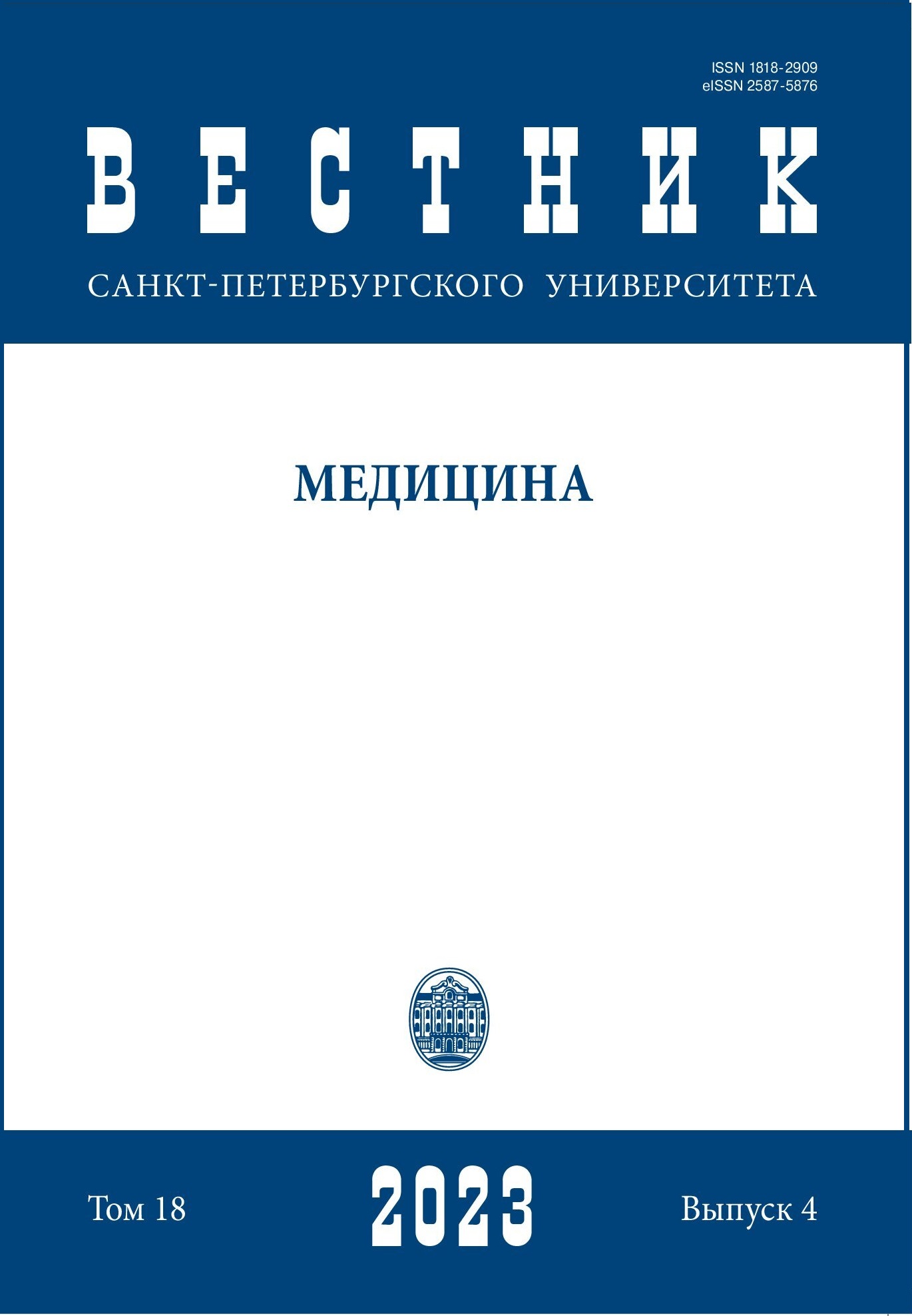Biochemical and morphological changes in the gland in the most common liver diseases (literature review)
DOI:
https://doi.org/10.21638/10.21638/spbu11.2023.402Abstract
Currently, there are a large number of studies devoted to the study of the relationship between liver diseases and the development of pathological processes in other organs, such as the kid neys, brain, etc. However, in the available scientific literature, the problem of the influence of hepatic pathologies on the structure and functions of the thyroid gland is covered to a much lesser extent. In some cases, information on this problem is only indirectly addressed in scientific research. In order to summarize these data, a literature review of scientific articles posted in the public domain search engines was carried out. This literature review contains basic information concerning the problem of the influence of liver diseases on the structural and functional features of the thyroid gland. The paper highlights the current data of experimental and clinical studies. Some mechanisms of the development of thyroid diseases associated with pathological processes occurring in the liver tissues are analyzed. The biochemical, pathophysiological
and morphological features of the thyroid gland in acute and chronic hepatitis, fibrosis and cirrhosis of the liver are described.
Keywords:
thyroid gland, liver, hepatitis, cirrhosis, hormones, morphology
Downloads
References
гепатита и цирроза печени // Клиническая хирургия. 1986. T. 9. C. 29–32.
References
Downloads
Published
How to Cite
Issue
Section
License
Articles of "Vestnik of Saint Petersburg University. Medicine" are open access distributed under the terms of the License Agreement with Saint Petersburg State University, which permits to the authors unrestricted distribution and self-archiving free of charge.




